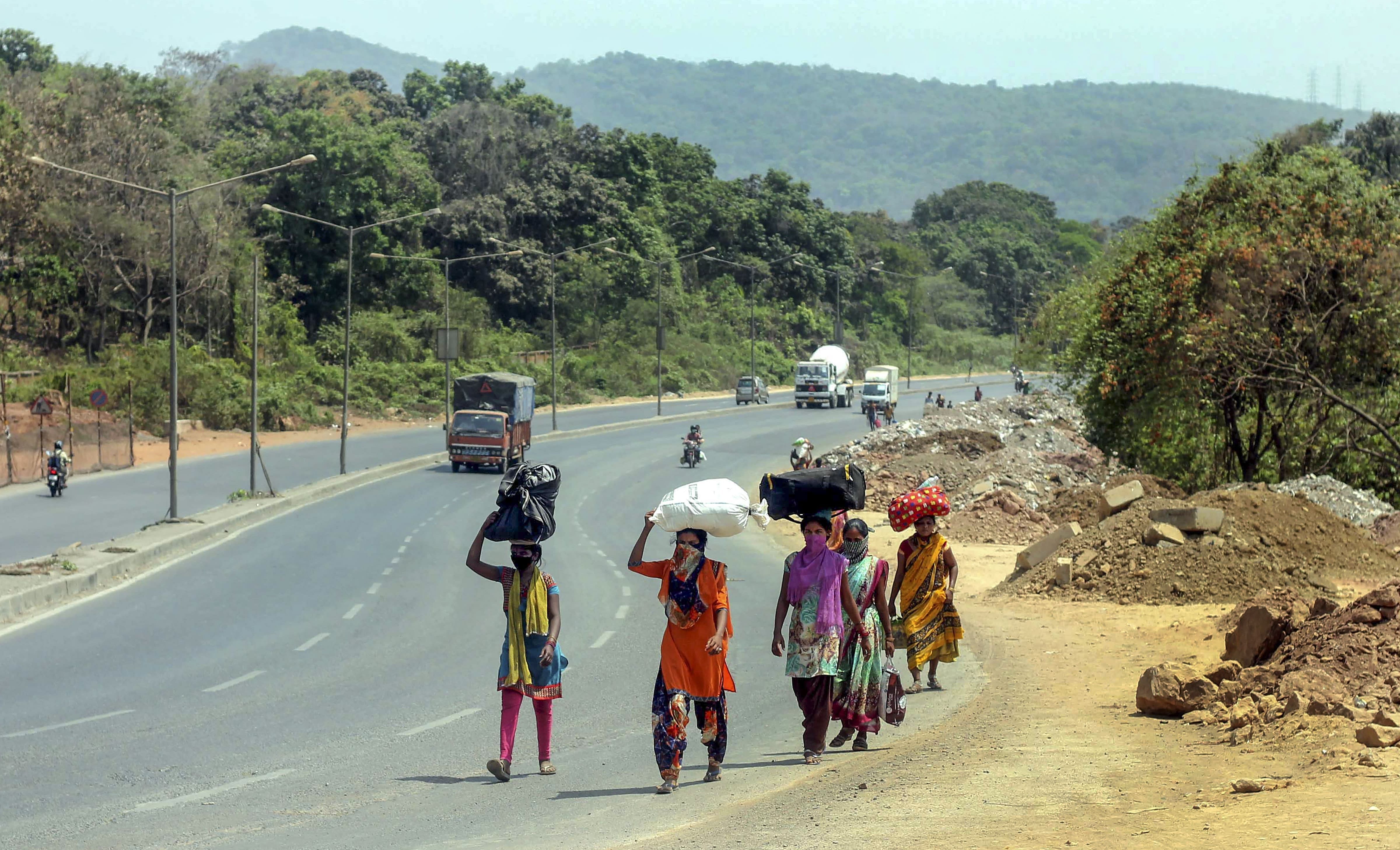
Jalgaon, a district 400 km North East of Mumbai in Maharashtra has the highest COVID-19 death rate in the state of 12.3% which is about four times the national average of 2.8%, reports Indian Express. Of the 112 fatalities, 60 persons were senior citizens, 47 were in the 50-60 age group and five between 40 and 50 years of age and 77 patients had comorbidities, reported the publication.
Maharashtra state government has now set up a 10-member committee to audit each death and assess the reasons for such a high death rate other than the health profile of fatalities, says the report.
The website reports that on May 28, Tafazzul Shah aged 57, whose condition was said to have worsened was not given ventilator support by the doctors. His nephew, an Unani doctor entered the isolation ward to intubate Shah after the doctors did not act to help the ailing man. The isolation ward was reported to have 20 other COVID-19 patients. Shah died a few hours later, the report said.
The report says that results for COVID-19 tests take up to 10-12 days in the district and that it requires 250-300 daily tests. The district sends samples to Dhule district. If Dhule’s capacity to test is exhausted, the samples are sent to Aurangabad or Pune, says the report. As many as 22 samples were lost during one such transportation, the website reports.
There may be more than a single reason for the high death rate of COVID-19 in Jalgaon, reports the publication. The high death rate could be attributed to several reasons such as testing delays, poor patient monitoring, neglect in the healthcare system and easy entry and exit of non-COVID patients in isolation wards.